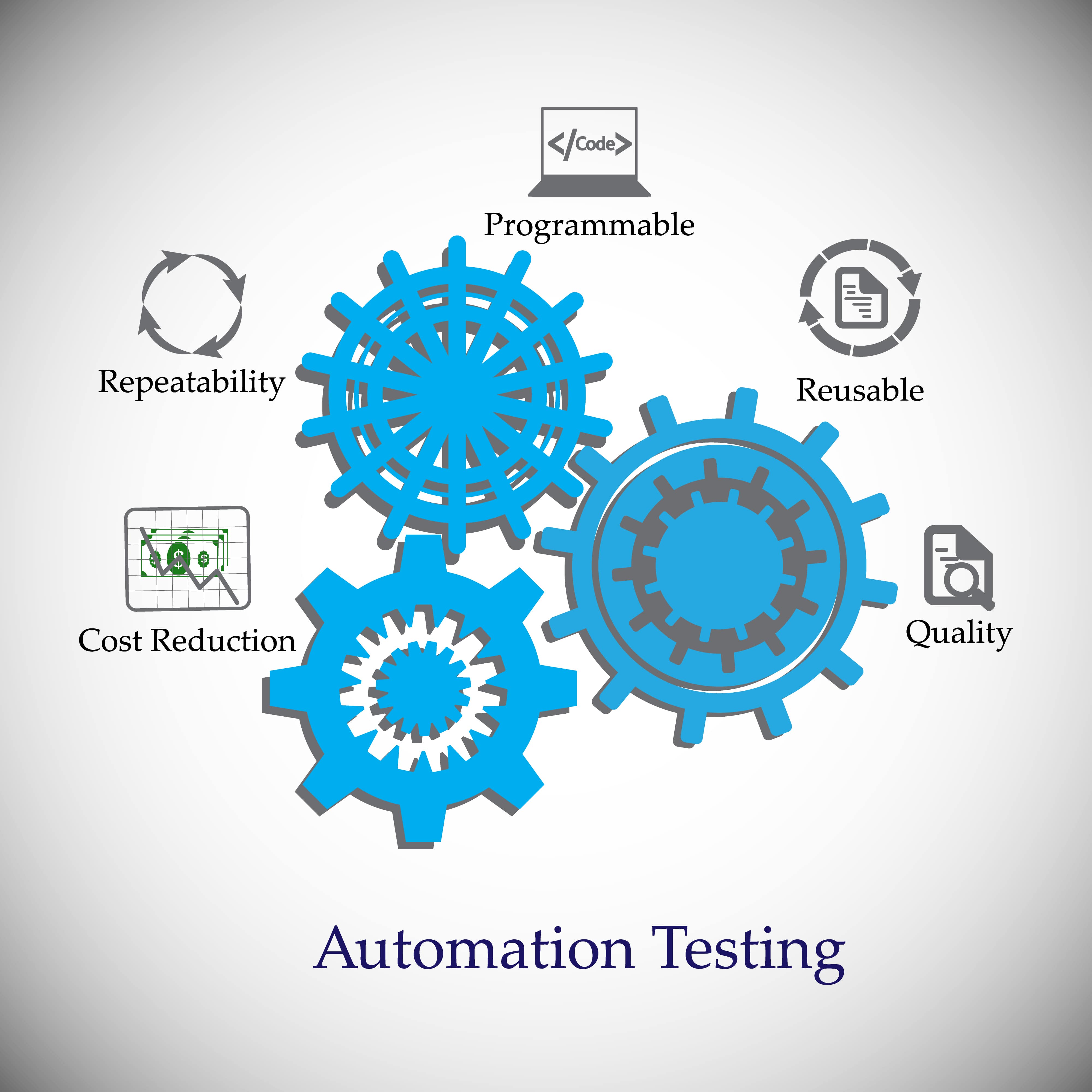The Future of Software Program Advancement: Harnessing the Potential of Automation Testing for Faster, Extra Trusted Launches
In the realm of software program advancement, the mission for faster, extra trustworthy releases has long been a central emphasis. As innovation advancements and consumer expectations progress, the duty of automation testing in achieving these objectives has ended up being increasingly famous - automation testing. The potential advantages of automation screening are huge, appealing not only to accelerate release cycles however additionally to enhance the overall top quality and consistency of software items. In a landscape where speed and precision are vital, harnessing the abilities of automation screening stands as an essential method for staying in advance.
The Power of Automation Evaluating
In the realm of software development, the implementation of automation testing has shown to dramatically enhance effectiveness and high quality guarantee procedures. By automating lengthy and repeated hands-on testing tasks, software application groups can simplify their screening initiatives, lower human mistakes, and increase the total development lifecycle. Automation testing permits the fast implementation of test situations throughout various atmospheres and setups, offering developers with rapid comments on the quality of their code changes.
Among the vital benefits of automation testing is its capability to enhance examination coverage, making certain that even more attributes and functionalities are thoroughly examined. This detailed testing method aids recognize defects early in the development cycle, reducing the likelihood of pricey insects reaching manufacturing. Automation testing advertises constant integration and constant delivery methods, making it possible for teams to release software program updates a lot more regularly and reliably.
Accelerating Launch Cycles
The velocity of release cycles in software application development is vital for staying affordable in the rapidly advancing tech landscape. Shortening the time between launches permits companies to react quickly to market demands, include individual responses quickly, and outmatch competitors in providing cutting-edge functions. By taking on agile approaches and leveraging automation testing tools, advancement groups can streamline their processes, determine bugs earlier, and make sure a greater quality product with each launch.
Increasing release cycles also enables software application business to preserve a competitive edge by quickly attending to protection susceptabilities and adjusting to changing regulatory requirements. Furthermore, regular releases help in building client depend on and loyalty as individuals take advantage of continuous improvements and bug fixes. This repetitive strategy cultivates a society of continuous renovation within growth groups, motivating partnership, advancement, and a concentrate on providing value to end-users.
Making Sure Constant Quality Control
Amid the accelerated launch cycles in software application advancement, maintaining regular quality assurance comes to be vital for guaranteeing that each iteration fulfills the highest standards of capability and integrity. Consistent quality control entails an organized method to testing and reviewing software application to identify and rectify any kind of problems or problems without delay. To attain this, software application development groups must develop robust QA procedures that are integrated throughout the growth lifecycle. This includes specifying clear quality requirements, conducting complete testing at each phase of development, and leveraging automation screening devices to enhance the procedure.
Conquering Common Testing Challenges
Addressing and fixing usual testing obstacles is essential for making sure the performance and efficiency of software program development processes. One common challenge is the absence of extensive examination protection, where testers might forget particular circumstances, bring about potential insects slipping right into the end product. This concern can be mitigated by extensive examination planning, integrating diverse testing techniques, and leveraging automation testing to enhance coverage. Another common difficulty is the upkeep of examination manuscripts, particularly in nimble environments where regular adjustments take place. Examination script upkeep can be structured by using robust test automation structures that provide simple script modifications and updates. Additionally, coordinating screening efforts throughout different groups and departments can pose an obstacle due to interaction gaps and differing top priorities (automation testing). Carrying out clear communication channels, establishing standard processes, and fostering cooperation with tools like concern trackers and job management systems can aid overcome this difficulty and make certain seamless screening sychronisation. By proactively dealing with these obstacles, software application development teams can enhance the high quality and reliability of their launches.
Applying Automation Evaluating Approaches

When the examination cases are selected, teams ought to spend time in making robust test scripts that are maintainable, recyclable, and scalable. Cooperation between testers, stakeholders, and programmers is important to make sure that the automation screening straightens with the overall job goals and requirements. Continuous combination and release pipes can better streamline the automation testing procedure by immediately causing examinations whenever brand-new code is devoted. By taking on automation screening methods, software development teams can achieve faster evaluating cycles, greater test protection, and eventually supply more trustworthy software application launches.
Conclusion
To conclude, automation screening offers a powerful device for speeding up launch cycles, making sure constant quality control, and conquering common screening obstacles in software application development. By using the capacity of automation screening methods, organizations can accomplish quicker and a lot more dependable launches. automation testing. Embracing automation screening is necessary for remaining competitive in the busy world of software development

In conclusion, automation screening provides an effective tool for increasing release cycles, ensuring regular high quality assurance, and getting rid of common screening difficulties in software program advancement.